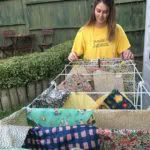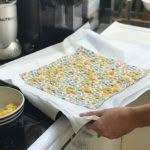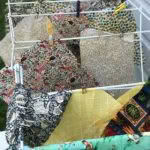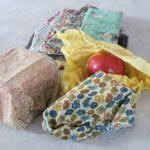Nicole Barratt: How I went plastic-free for a month (it’s not as hard as you think – promise)
Nicole Barratt shares easy everyday swaps you can make to ditch plastic.
I won’t lie – my first Google of ‘how to live plastic-free’ was an intimidating experience. There lay a world of metal straws, baking-soda loo cleaner and rye-flour shampoo; on my desk were a plastic jar of peanut butter and a packet of rice crackers. I had some work to do.
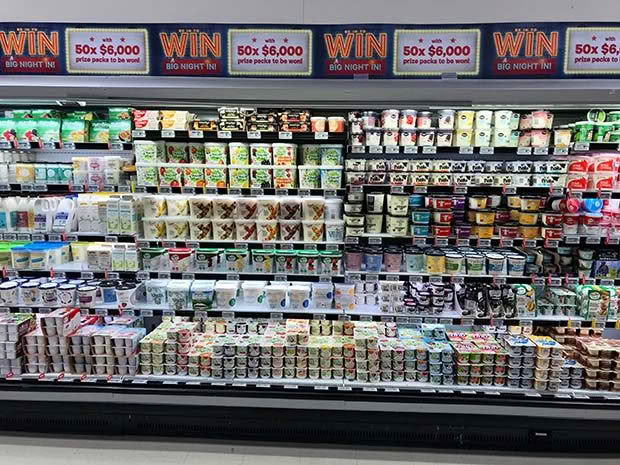
The terrifying realisation that almost everything in the dairy aisle is in plastic.
On day one of my plastic-free month, I started with a trip to the supermarket to see what naked food I could find. Barely had I passed the vegetable section when my answer arrived: not much. I came out with a single kumara. How had I never noticed the sheer amount of plastic in our supermarkets? But I promise it wasn’t long before I found that, with a little preparation, plastic-free living can actually be fun.
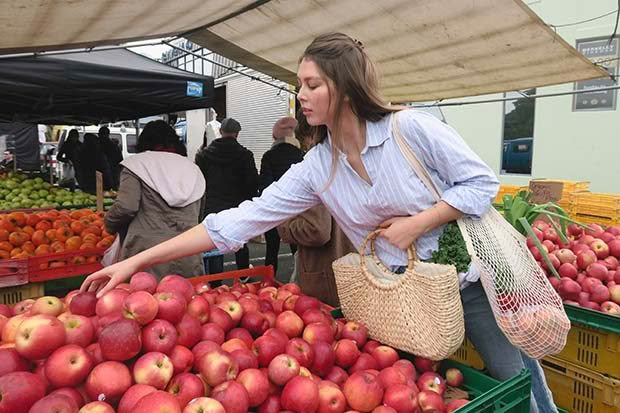
Fruit was an easy plastic free option at my local Sunday market.
I swapped to food shopping primarily at Bin Inn and my local Sunday market. I had plenty of reusable bags and jars, so the only thing I needed was some mesh produce bags which cost about $20 for eight.
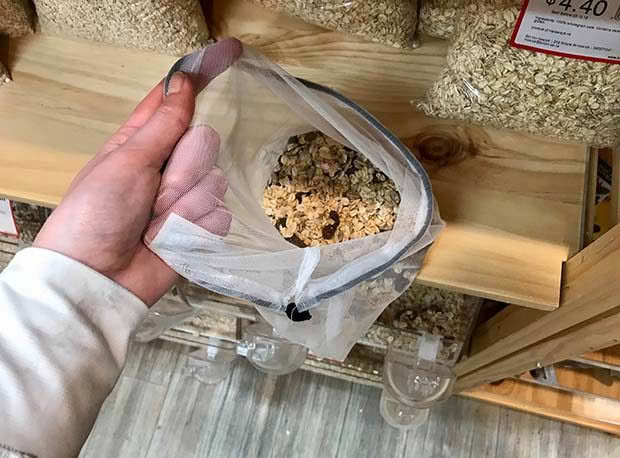
Buying Bin Inn muesli in my produce bag was an easy change.
It was an awkward first encounter at Bin Inn. I strode in to fill my empty jars with brown rice and beans and proudly dumped them on the counter, only to have the shopkeeper ask if I’d had the jars weighed already – rookie mistake! Make sure to do that first so they can subtract the weight off the total. Bin Inn also catered to my peanut-butter addiction with their grind-your-own machine, which worked out far cheaper than supermarket brands.
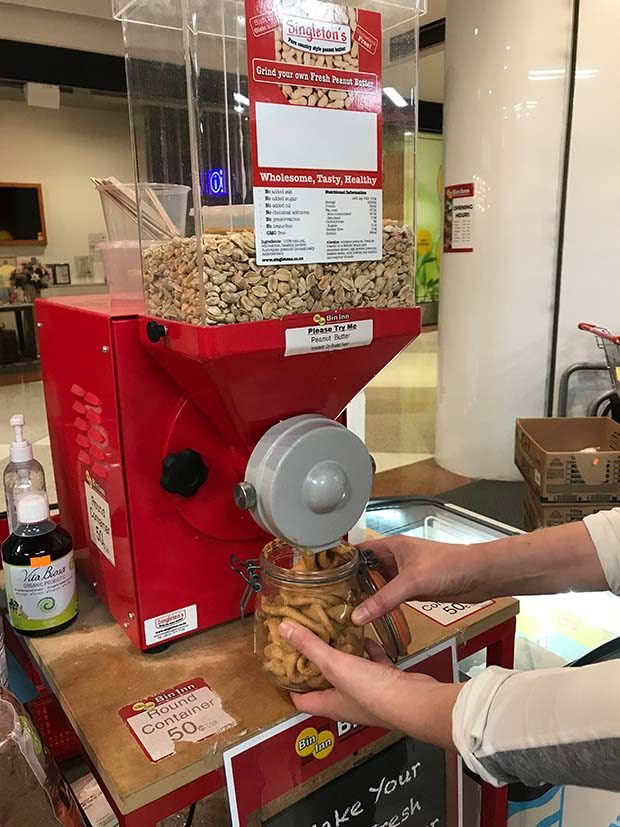
Bin Inn’s peanut butter machine– my new addiction.
Shopping at a market on the weekend also made it easy to buy fruit and vegetables plastic-free. I could stock up on kale, apples, mandarins, bananas and broccoli – and devour a fresh almond croissant put into a paper bag. Planning my meals made a huge difference to stress-free shopping. I found it far too overwhelming to shop plastic-free without a list (resulting in aimless roaming).
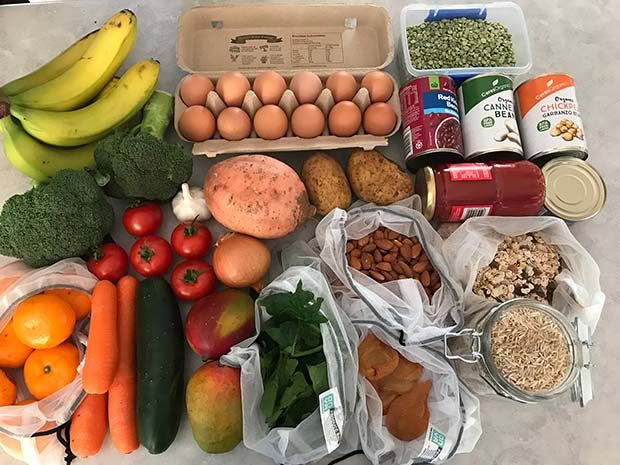
A plastic free grocery haul to make my meals for the week.
So, for breakfasts I’d make smoothies or eggs; for snacks date balls or roasted chickpeas; and savoury meals were bean chilli, lentil dhal, and fish bought once a week wrapped in paper. I bought tins for the first two weeks, mainly for convenience as I figured out how to cook dry beans/lentils. Who knew tins were often lined with plastic?
- I was amazed at how well my beeswax wraps turned out
- Melting beeswax to replace cling film.
- Hanging out the wraps on the line
- No more cling film!
I also spent an afternoon making a giant lot of beeswax wraps to replace clingfilm – consider closing your windows if you make these as I had quite a few nosy bee visitors.
Milking almonds became part of my weekly routine. I happily spent Friday nights with my sleeves rolled up, nutty debris flying all over the place. There’s something immensely satisfying about making your own milk; I’m converted and won’t be going back to shop-bought.
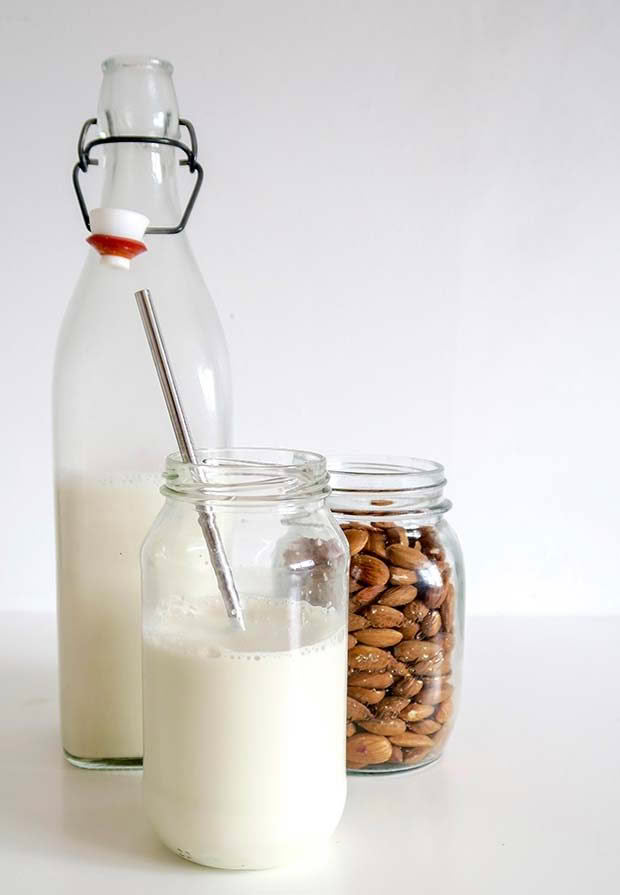
Fresh almond milk made by blending almonds with water and squeezing the liquid out with a muslin cloth. I used the leftover pulp to make date balls.
By the end of week two I was ready to tackle hygiene and cleaning products. I’d made a rule that if I ran out of any of these during the month I’d try to replace them with a plastic-free alternative. I cracked out the baking soda to make toothpaste, deodorant and kitchen cleaner. I’m still not quite convinced by my homemade toothpaste– a little gritty for my liking– but the others I’ll happily continue using. (Just store your deodorant in a hot-water cupboard to keep it spreadable; don’t let it harden into a solid block like mine did!)
Toilet paper was one thing I found tricky to source without plastic wrapping. There were single rolls I found in paper but it was a painful spend when I could get nine rolls in plastic for far cheaper (I’ve since discovered there are plastic-free loo-roll subscription services).
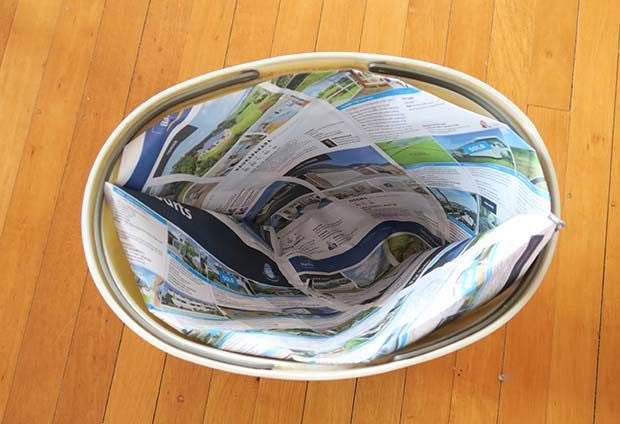
I used my free local paper to line my kitchen bin.
I also lined my kitchen bin with newspaper instead of plastic bags. I must confess that I never imagined that at 22, I’d be spending a good hour watching origami bin bag tutorials (and enjoying them).
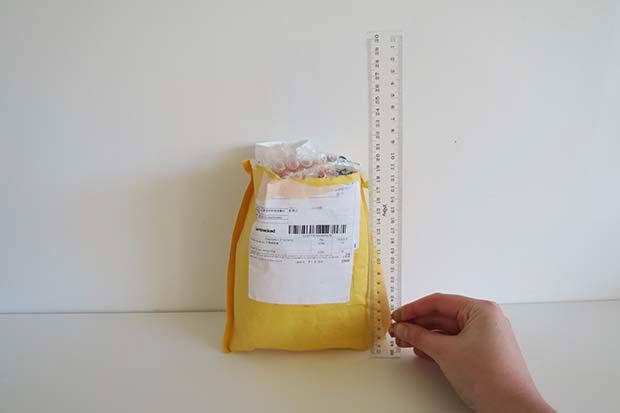
The plastic I produced this month fits in a 20cm envelope, a vast improvement from the bags of rubbish I was throwing away before.
It was difficult to escape all forms of plastic this month, as displayed in the small postage bag’s contents where I kept plastic I would have chucked out. But that’s okay, because I can assure you the plastic-free police are yet to knock on my door. In fact, I think the Plastic-Free Gods are smiling down on anyone who makes a conscious effort to reduce any form of plastic in their life.
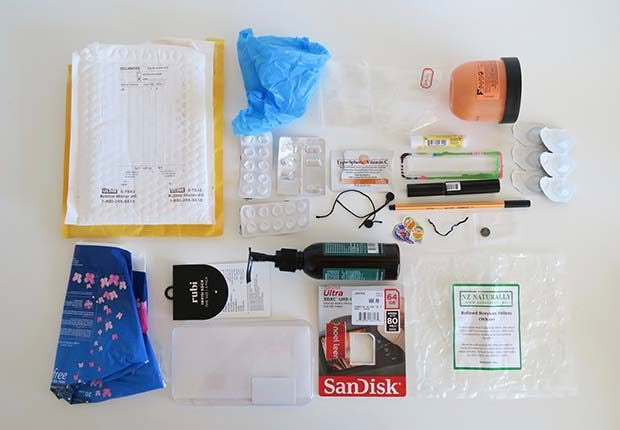
The plastic I couldn’t avoid this month includes envelopes lined with bubblewrap, contact lenses, pill packets, moisturisers and mascara that ran out during the month. Most ironically were metal straws that came wrapped in plastic.
The next steps in my plastic-free journey:
– A menstrual cup: The most plastic I produced all month came from tampons and pads. A single pack of conventional sanitary pads contains the equivalent of four plastic shopping bags.
– A metal razor: Luckily my legs tend to hibernate in winter so I didn’t have any plastic razors to dispose of, but a metal razor is on my list to invest in to avoid throwing away so many.
– Makeup: I used coconut oil as a moisturiser and makeup remover, but I’d like to do more research into plastic-free makeup.
READ MORE
Sustainable food producers thinking outside the box on Great Barrier Island
Reduce your plastic consumption and make your own natural cleaning products
